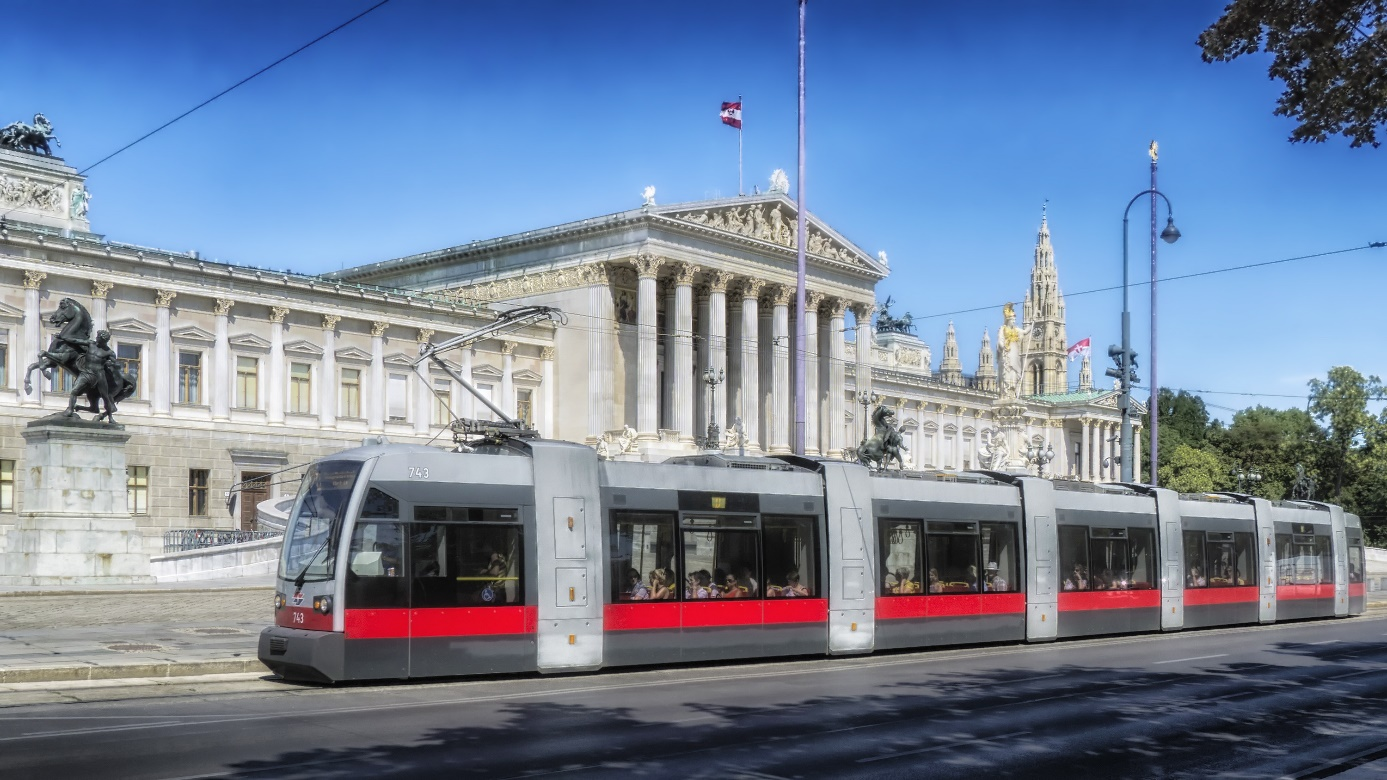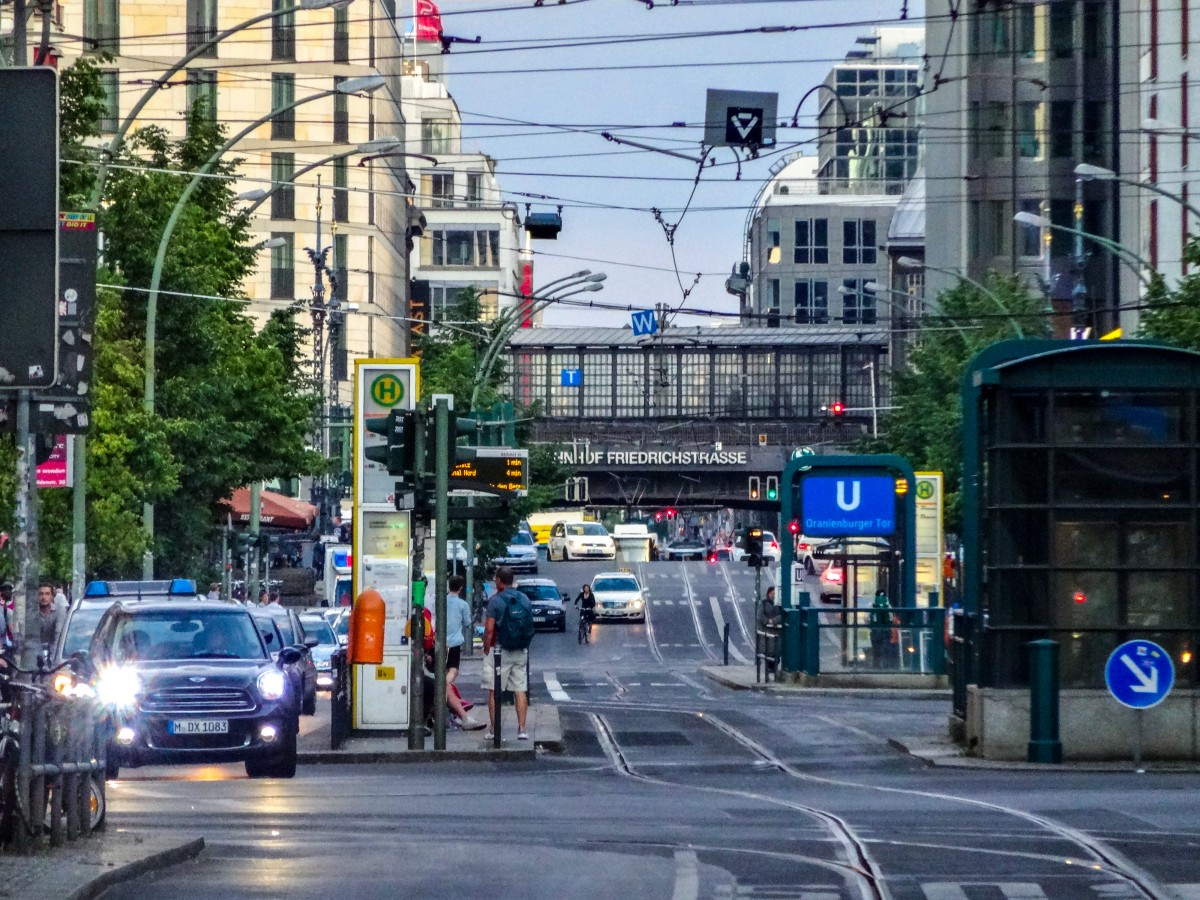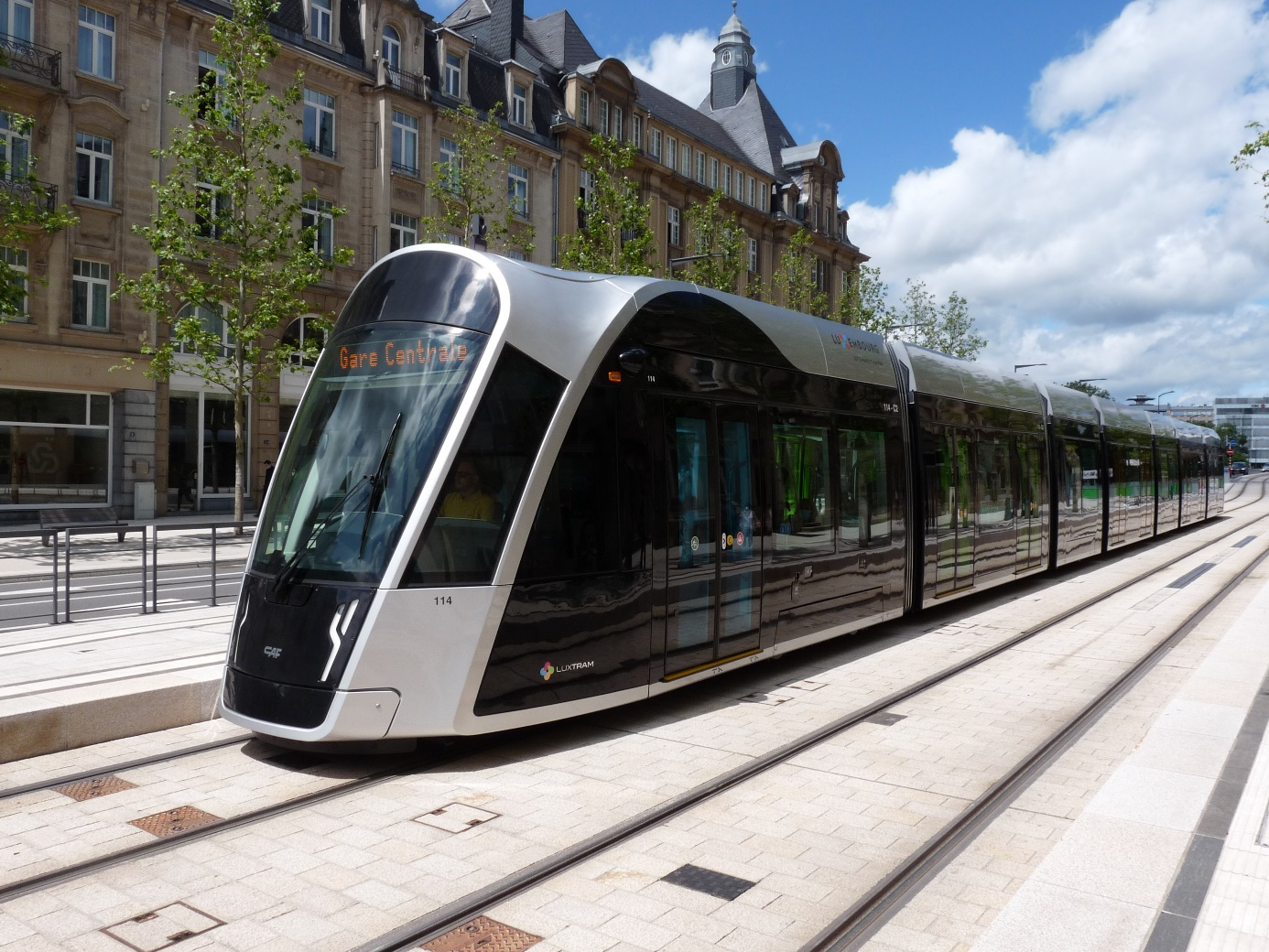Public transportation
How does public transport look like?
The means of transport we use to get around usually depends on where we live. So far, in cities, we can use various means of transportation to get around, which means we don't necessarily have to rely on a car. In the countryside, things are different. Here, there might be little public transportation available; therefore, having a car is considered indispensable. How could the mobility offer of the future look like?
The transport infrastructure is the responsibility of the states, but financing opportunities have been created for subways, railways, bridges, and highways, other forms of public and private transport. All transport means can be used for public transport, but public transport additionally needs dedicated urban traffic lanes, stations, train/bus stations/airports/boarding terminals, which must be thought of according to transport flows and the policy of stimulating public transport. Also, parking lots, payment stations, and modern means of information (online reservations, timetables, price policy discounts, subsidies, and others) are needed.
The metro (tube, subway) first line was opened, in 1863, in London. In 1890 it was electrified. Now, the flow of passengers, which is absorbed by the underground urban transport, is independent of weather conditions, traffic restrictions/traffic jams. In most countries, the underground transport paths are connected with the normal and short-distance trains, airports and communicate with other transport modes.
24 European countries have underground urban transport lines. Spain and Italy have the most cities with underground transport in Europe (7). The New York City Subway has 472 metro stations, which is the largest number for a single-operator system. China has 40 cities with metro lines.

Photo source: Henry1500, CC BY-SA 3.0, via Wikimedia Commons
Is public transport only for locals?
It could be used by commuters, transit passengers, or tourists. In some cases, they double the number of the public transport users. In Europe, cross-border commuters are common, making full use of the benefits of well-organized and integrated public transport.
And it is very reliable in the big cities. Tourist information portals advise using public transport facilities, instead of personal/rented cars, hence traffic is subject to many regulations and interdictions, and parking -very difficult. Tourist passes usually include free access to the public transport networks, making it more attractive for visitors.

Photo source: Pxhere
What is a good flow?
Most public transport systems run along fixed routes with set embarkation/disembarkation points and stops. Frequent services operate on headway (e.g., “every 10 minutes”) rather than specific times of day. Most cities have public transport apps, that can track the vehicles and configure the best routes for the desired destinations.
Passengers often use other modes (walking, other busses) to access metro/bus/tram stations. They also need dedicated passages, bus stations, pedestrian crossings, and traffic light systems. Some bus/tram stations are on underground or extra aerial levels, needing passages, escalators, elevators, ”park and ride” lots, or other fconnections. Orientation of passengers, especially in the very crowded and tourist areas, is very important for the good transport flow.

Photo source: Pxhere
How much should public transport cost?
A solution for citizens to use public transportation is to make it cheap. Luxemburg has had free public transportation since 2020, together with coordinated measures to increase public transportation efficiency, monitoring systems, modern vehicles and technologies. The results are starting to be noticed – reducing traffic jams, even at peak hours.

Photo source: Wikimedia Commons
Other municipalities can offer substantial discounts and reductions, to some categories (students, senior citizens). When the parking fees are discouraging, the central routes are pedestrian or one-way, or not accessible for cars, the only reasonable alternative is public transportation for everybody.
Investing in smart traffic management solutions, remodelling the crossroads, and buying new, electric buses and trams, can make a difference for the crowded central urban areas. This comes with encouraging people to walk more, to use cycling, car sharing/carpooling, or any alternative solutions.
European Mobility Weekis an annual event, an awareness campaign, and an important EU initiative, to raise awareness on sustainable urban mobility, taking place each year on September, 16-22. It culminates with a Car-free day. Local authorities are encouraged to use this week to try out innovative planning measures, promote new infrastructure and technologies, measure air quality, and get feedback from the public.
In 2023, 3351 municipalities from 45 countries participated in the event.
